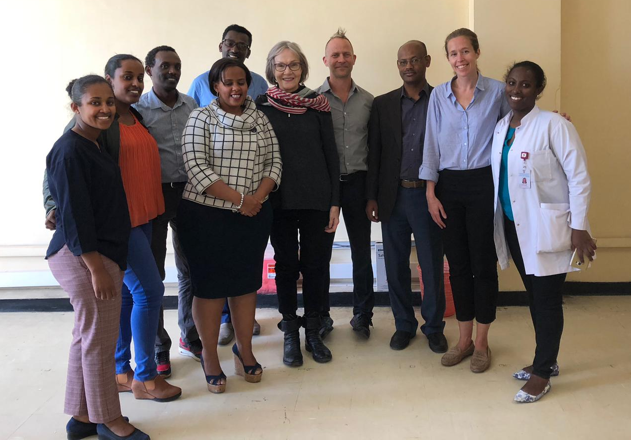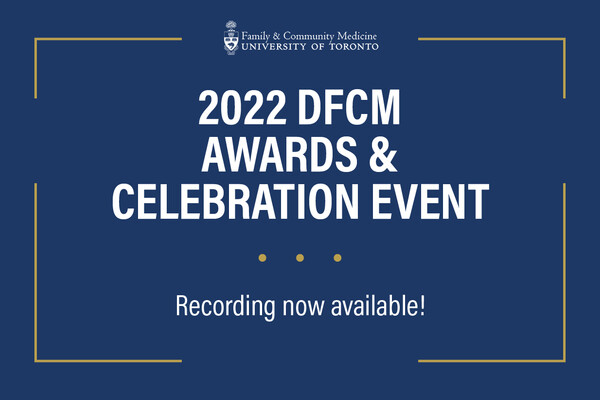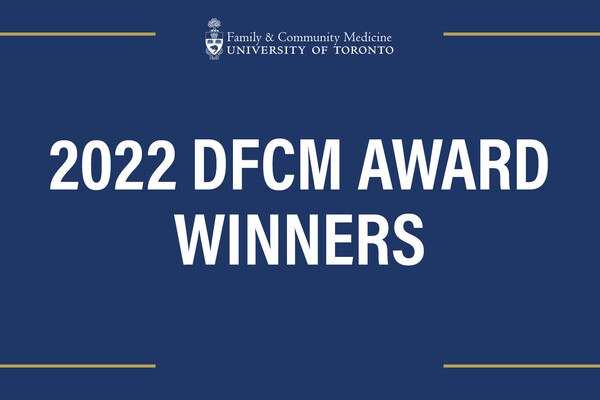In Ethiopia, Emergency Medicine has quickly gone from unknown to an established discipline

Pictured from left to right: Dr. Alegnta Gebreyesus, Dr. Tigist Tesfaye, Dr. Dagnachew Siraye, Dr. Wolde Waganew, Dr. Sofia Kebede, Dr. Clare Pain, Dr. James Maskalyk, Dr. Aklilu Azazh, Dr. Megan Landes, Dr. Hywet Engida
When the Toronto Addis Ababa Academic Collaboration in Emergency Medicine (TAAAC-EM) was first established in 2010, the program had five Ethiopian residents, a room without monitors or airway equipment, and no emergency or critical care drugs at the ready in the emergency department. Today, after much effort and a tenacious commitment from faculty and trainees at Addis Ababa University and the University of Toronto, the program is now comprised of 34 graduated residents (many of whom remain as teachers), 28 more residents currently enrolled, and the emergency department includes a highly functioning critical care and resuscitation area with monitors, defibrillators and ventilators.
TAAAC-EM, a collaboration between Addis Ababa University in Ethiopia and the Divisions of Emergency Medicine within the University of Toronto Department of Family and Community Medicine (DFCM) and Department of Medicine, was established to help develop Ethiopia’s first emergency medicine residency program. Through the partnership, University of Toronto faculty travel to Ethiopia to teach and clinically mentor Ethiopian residents three to four times per year for a month at a time.
TAAAC-EM is part of the overall Toronto Addis Ababa Academic Collaboration (TAAAC), a partnership between the University of Toronto and Addis Ababa University where experts in both countries work to build programs in Ethiopia’s capital. The collaboration has since expanded to include 24 disciplines – from family medicine and psychiatry, to engineering and library sciences.
Recently, as part of an overall Memorandum of Understanding (MOU) signed between the University of Toronto and Addis Ababa University, TAAAC has been officially extended for another five years, including the emergency medicine program.
For co-directors of TAAAC-EM, Drs. Megan Landes and James Maskalyk, the signing of the new MOU provided an opportunity to reflect on how far the program has come over the previous eight years and where the program needs to go next.
“In the beginning, we were trying to start an emergency medicine program in a country where there was no context for such training,” says Dr. Landes, an Associate Professor at DFCM and emergency physician at the University Health Network. “There were no emergency medicine physicians in the country, so a lot of the work that had to be done was around educating the faculty and trainees on what emergency medicine is and its value.”
Today, many graduates of the program are now working in high-level positions across Ethiopia, including as Emergency Department Directors across the country, a CEO of a new trauma hospital, and one graduate is working to establish the first-ever toxicology centre in the country after spending a short fellowship training at a toxicology center in Toronto.
“At this point, the post-graduate education side of the program is well established and approaching self-sustainability,” says Landes. “This is a huge accomplishment in itself, but now the challenge is supporting graduates to become leaders in emergency medicine across the country.”
TAAAC-EM leadership, based both in Ethiopia and Toronto, are now working on developing a strategic vision document to refocus the University of Toronto’s future role in the program. They will be examining what’s working, what isn’t, where the needs and gaps within the program lie, and how they could potentially replicate the program elsewhere.
Dr. Katherine Rouleau, Vice Chair, Global Health and Social Accountability at DFCM commented on the importance of the renewed MOU.
“This MOU not only signals the importance of rigorous training and scholarship in emergency medicine, but it also paves the way for improved access to quality emergency care,” says Rouleau. “This is a type of care that should be accessible to all who need it globally, as suggested by the concept of Universal Health Coverage and the World Health Organization Sustainable Development Goals.”
In Ethiopia, the Collaboration is not a one-way relationship: University of Toronto’s emergency medicine residents have the opportunity to participate in a month-long elective in Addis Ababa three times per year.
“Our residents receive many benefits from participating in the TAAAC-EM elective, including feeling more engaged in global health,” says Landes. “But we also have to keep finding ways to help our Ethiopian colleagues grow in their careers both during their residency and after they graduate, whether that’s offering more professional development opportunities, such as leadership and research courses, mentorship opportunities, or more fellowships to train in Canada.”
Right now the training is ongoing: University of Toronto faculty are embarking on fully transitioning the emergency medicine residency program to Ethiopian faculty by the end of 2020.
“We recently spent a day watching our residents use ultrasound to diagnose abdominal aortic dissections and present journal club at morning report, while the faculty were advocating for better working conditions with administration and guiding the construction of a new emergency department,” says Landes. “So we’ve come a long way, but there still needs to be continued support from U of T to ensure that our specialty stays strong and robust.”
For more about this collaboration see the U of T News page.
News


